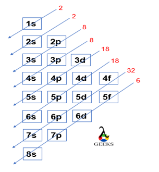15 Facts on H2SO4 + NaOCl: What, How To Balance & FAQs
The chemical reactions involved in bleaching are a major concern as per the changing environmental area. Let us discuss the chemical reactivity of H2SO4 and NaOCl. The oxidation reaction between H2SO4 and NaOCl is assessed to work as bleach and rectify the discoloration of teeth. NaOCl itself functions as a bleaching agent as it can … Read more
